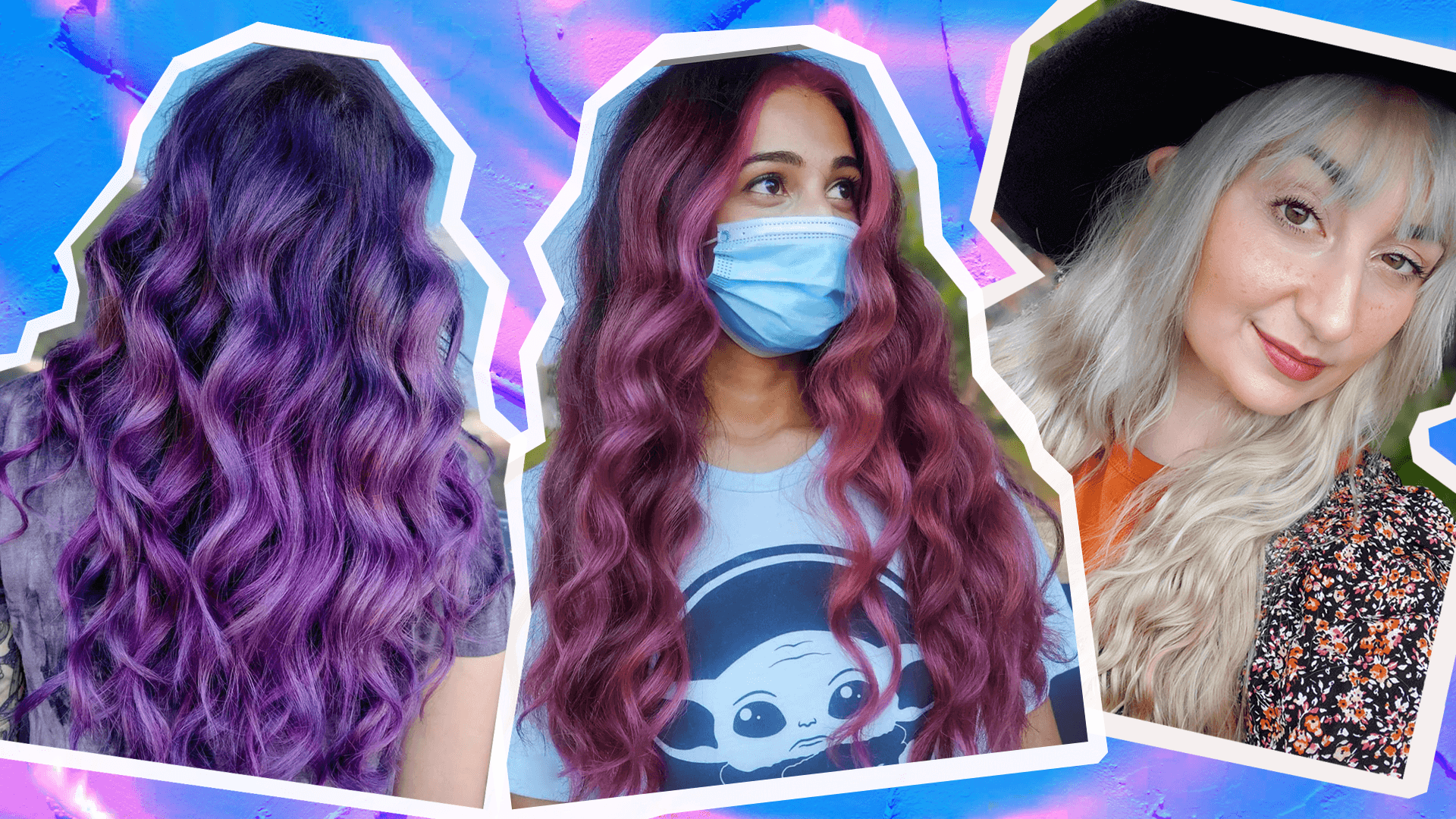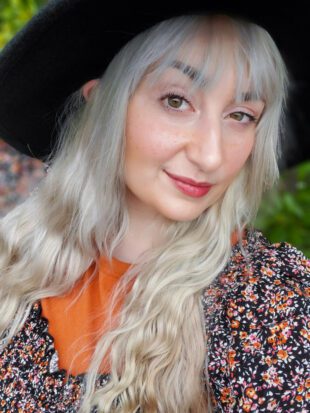Let’s talk curls! Curly hair is an area of the industry that is slowly being embraced but is still not as common as blowouts and thermal styling. Vivid hair color and curls are my specialty, and I love sharing what I’ve learned to help the industry become more well-rounded.
I know for myself and the majority of my colleagues, cosmetology school didn’t touch much on curl education. I never knew how to cut or style curls until I discovered Devacurl in the second year of my career. Devacurl provided me with education, opportunity and a platform to embrace natural hair texture.
So, how do we learn more about curly hair and implement techniques, styling and curly cuts into our services? I suggest starting with a product line you love. Using products that are sulfate, paraben and silicone-free is important for curly hair.
Sulfates are harsh on the hair/ scalp and strip hair of it’s natural oils, which are super important for preserving curly hair’s hydration. Additionally, parabens act as a preservative in beauty products but mimic hormones found in the body and may cause health issues. Finally, silicone is a derivative of plastic and builds up on the hair shaft, creating a coating. Silicone and product buildup can prevent moisture from penetrating the hair.
Think of it this way: Your curly hair products should be a carrier (not a barrier) for your key ingredient: water!
The curly hair regimen works hand-in-hand with a colorful hair routine. I personally recommend no more than 2 wash days per week for most curl types and colorful hair. An effective curly hair wash routine could be between once a week and once a month, depending on your curl pattern and hair needs.
Beyond products, curly cuts are very important. A curly haircut can take someone who appears to have wavy hair to a full blown curly haired beauty when you use the right tools and styling! When it comes to curls, cutting off weight can create bounceback and truly transform the curl pattern. Curl transformations are one of my favorite things to see in the salon!
Also, one home maintenance tip I give my clients outside of their curl routine includes “pineappling”. This technique includes creating a pile of curls on top of your head, like a bun, and securing them with a bonnet. Then, sleep on them overnight using a silk pillowcase. All three of these steps help prevent frizz overnight.
With all this education in mind, curly hair obviously requires a little more care and attention. However, embracing your natural hair texture can be so freeing. The damage relaxers and hot tools can have on hair is sometimes irreversible.
Therefore, I love seeing someone embrace their curls and put the flat iron down. This change is so important for achieving the best results. For example, wearing your hair curly three days a week and flat ironing the other four days won’t give you the best curls.
I hope this bit of education inspires you to start working with curls behind the chair and even embrace your own natural texture! The more we normalize curly hair, the sooner we will notice how many people actually have it. I’m currently teaching curl and color online classes, so stay tuned to my Instagram for the most up-to-date times. I’m excited to see the industry embrace curls and start rocking them!


